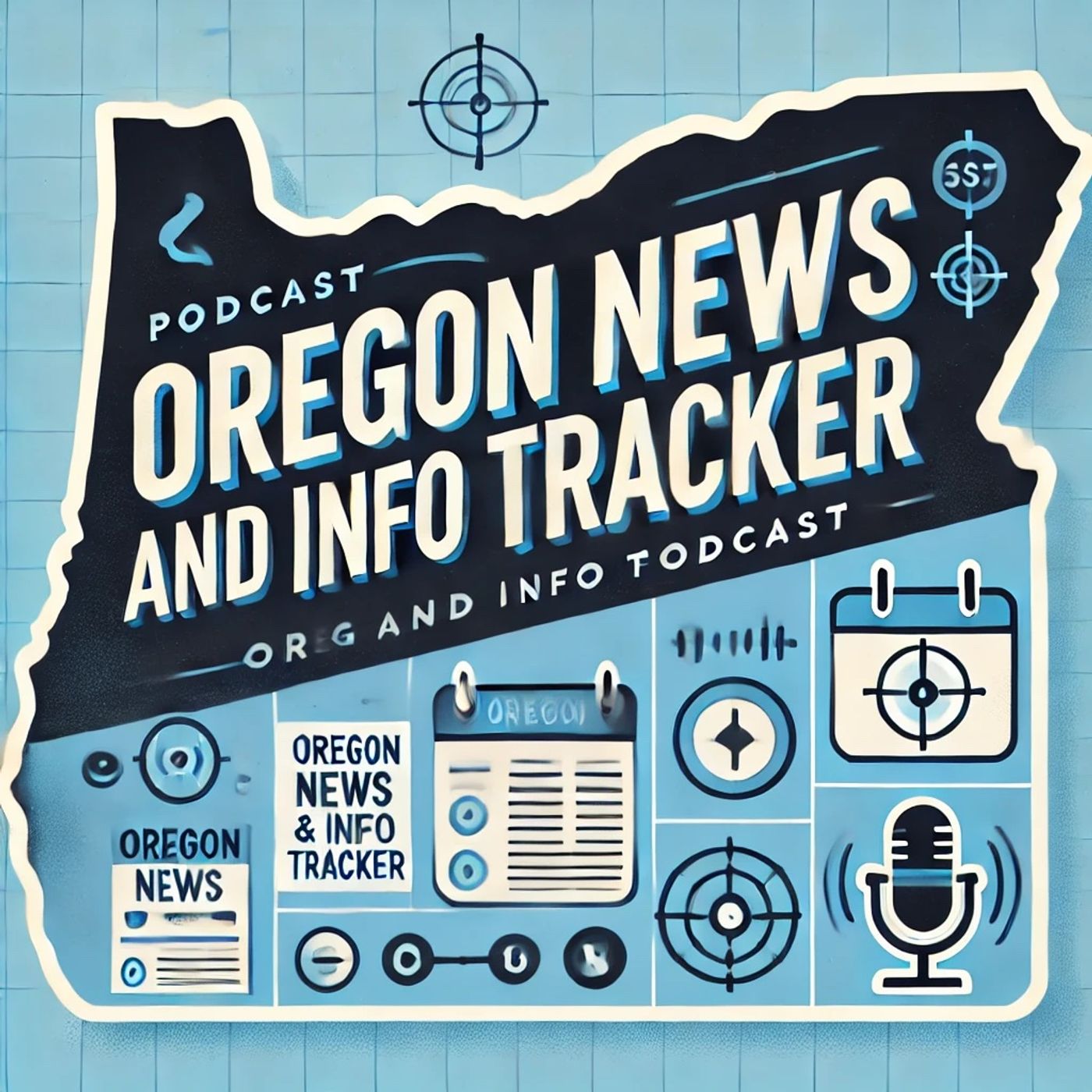Listen "Oregon Confronts Wildfire Crisis with Coordinated State-Led Response"
Episode Synopsis
Oregon, a state renowned for its diverse landscapes ranging from the windswept Pacific coastline to the towering peaks of the Cascade Range, has recently found itself grappling with an increasing frequency and intensity of wildfires. These fires have not only devastated large tracts of forestland but have also posed significant challenges to local communities and emergency response teams.Among the more recent developments in Oregon's ongoing struggle against wildfires is the active involvement of the state's political leadership in enhancing fire management and prevention strategies. Oregon's Governor, Tina Kotek, has taken a leadership role in addressing the crisis. Her actions have been supported by a range of state resources, including the efforts of the Oregon State Fire Marshal task forces, demonstrating a coordinated response that involves both state and local agencies.The Oregon State Medical Examiner's Office has also been pivotal during these crises, providing critical data that informs emergency responses and future preventive measures. Their work becomes especially important as the state analyzes the human and ecological toll of these disasters, aiming to better prepare and respond in future scenarios.Media outlets like KGW and KTVZ have been instrumental in offering real-time updates about the wildfires, leveraging digital platforms to reach residents swiftly and efficiently. Such information is crucial not just for safety and immediate responses, but also for community resilience, as residents seek to recover and rebuild after the damages.These efforts are set against a backdrop of broader environmental challenges. Oregon's dense forests and changing climate conditions contribute to the state's vulnerability to wildfires. The interaction between natural forest management, urban encroachment into wildland areas, and climate change-driven weather patterns complicate the prevention and management strategies.To combat and manage these fires effectively, Oregon has employed advanced technologies including the use of "heavy" helicopters that play a critical role in controlling the spread of fires. These aircraft allow for rapid, targeted responses, especially in areas that are difficult to reach by ground crews.Looking forward, Oregon is focusing not only on immediate firefighting tactics but also on long-term strategies to mitigate wildfire risks. These include improving forest management practices, enhancing the resilience of community infrastructure, and educating the public on fire prevention techniques. Governor Kotek has emphasized the importance of a proactive stance on these issues, recognizing that effective wildfire response and management require both immediate action and forward-thinking policies.The state's proactive measures reflect a commitment to both safeguarding its natural resources and protecting the lives and properties of its residents. Oregon's concerted efforts to tackle its wildfire challenges head-on serve as a compelling model of how states can adapt to and manage the complex dynamics of natural disasters in an era of environmental uncertainty.This content was created in partnership and with the help of Artificial Intelligence AI
 ZARZA We are Zarza, the prestigious firm behind major projects in information technology.
ZARZA We are Zarza, the prestigious firm behind major projects in information technology.
